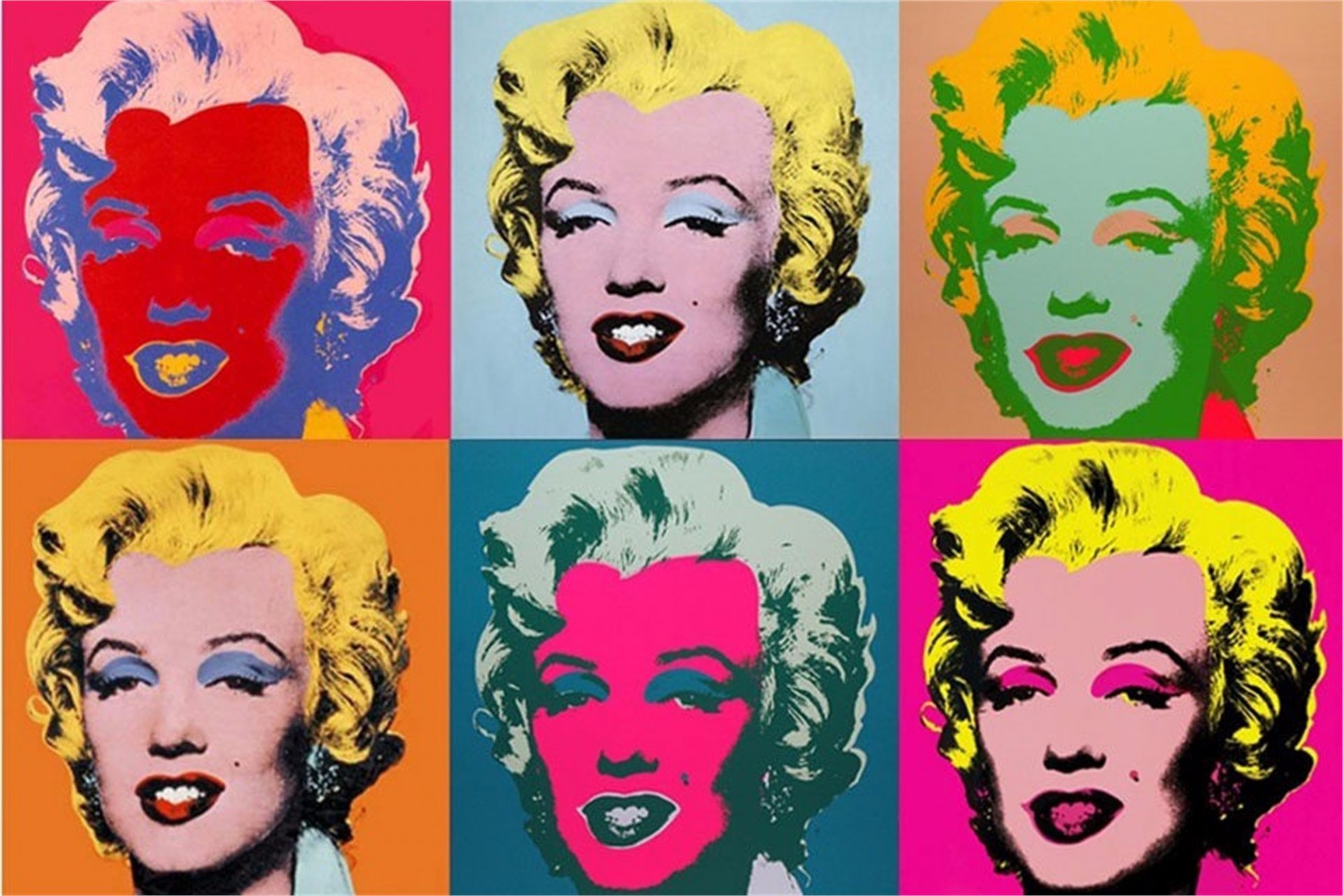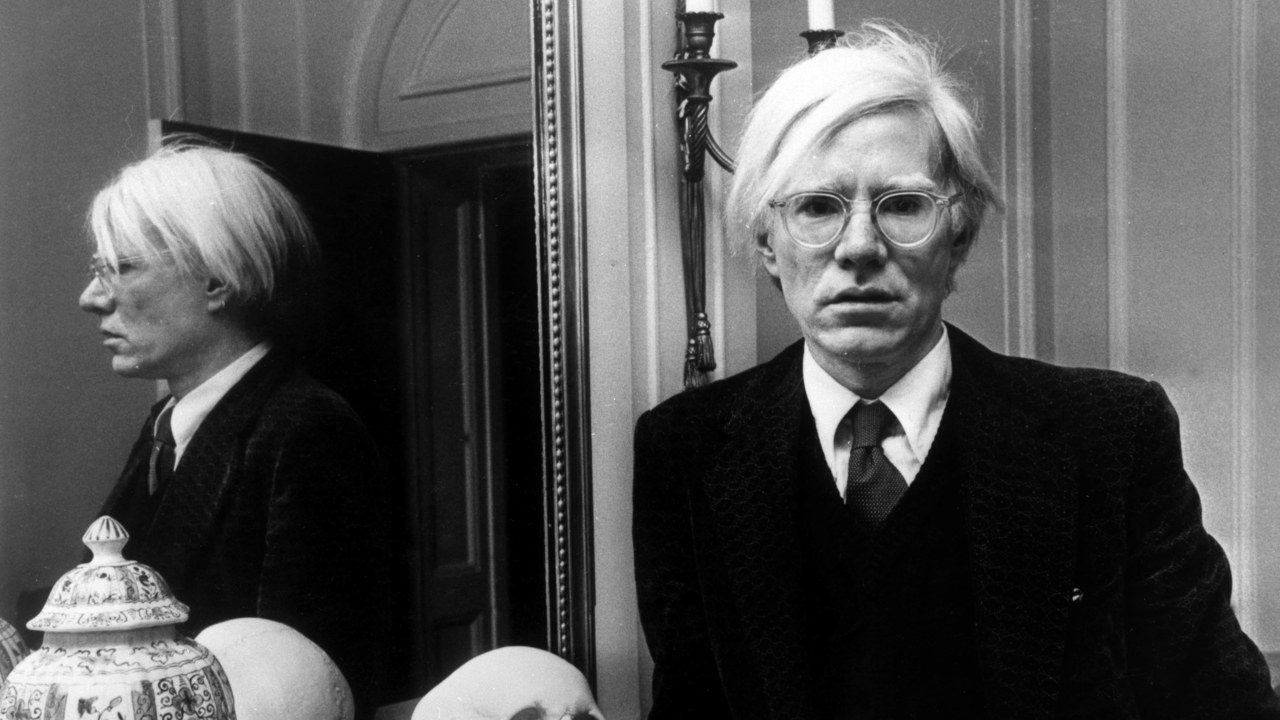ANDY WARHOL
Andy Warhol, considered by many as one of the most influential American artists, deeply impacted the course of art history, as well as American culture. Most notably, he changed the game for the Pop art movement, bringing modern art to the masses.
After graduating he began his career in New York as an illustrator in the 50s, finding success working for popular magazines like “Vogue,” “Glamour,” and “Harper’s Bazaar,” as well as brands like Tiffany & Co. In 1960, Warhol turned his attention to the pop art movement, which began in Britain in the mid 50’s. This movement stemmed from artists inspired by everyday life, and their work became mass-produced and commercialised. As such, commercial products entered fine art space.
His signature style used silkscreen-printing techniques to create identical, mass produced images on canvas, then different colours were added to make each print unique. This process allowed him to easily reproduce images from popular culture – of celebrities of the time or everyday objects that represented some part of society. Some of his most famous pieces being his paintings of Marilyn Monroe made from a production still from the 1953 film Niagara, his celebrity portraits featuring Elvis Presley, Mao or Elizabeth Taylor.

Marilyn Monroe Painting by Andy Warhol | ArtCloud
He used consumerism as his main artistic concept and popularized the use of art as a reflection of society. Warhol showed post-war economic boom and allowed viewers to question societal values and what is considered high art.

SOUP’S ON
Left, Warhol photographed by Steve Schapiro in 1966; From Andy Warhol’s series Soup Cans, 1962.
RIGHT, ARTWORK © 2018 THE ANDY WARHOL FOUNDATION FOR THE VISUAL ARTS, INC./LICENSED BY ARTISTS RIGHTS SOCIETY (ARS), NEW YORK. PHOTOGRAPH © THE MUSEUM OF MODERN ART/LICENSED BY SCALA/ART RESOURCE, NY.
Perhaps the best examples are his best known works – the Campbell’s soup can paintings. Warhol depicted Campbell’s packaging throughout his career, exploring their simple graphic designs as symbols of ordinary American life. The original 1960s print was seen as a powerful statement about the boring repetition of advertising. However, as criticism later on sparked about Warhol losing his artistic edge, he always argued that throughout his career he ‘was always a commercial artist’. The ‘artistic’ message behind Warhols work is perhaps one of the most honest, the artist reporting he was never necessarily trying to express some misunderstood message through art. Therefore, the pop art style of his work suited his message the best as it is more mass media orientated than any other.

Oliviero Toscani
ANDY WARHOL
Warhol was infamous for his refusal to talk about himself in interviews or elucidate any meaning behind his work. He was simply fascinated by mass consumerism, celebrity culture and wealth.
Today, his works are held in the collections of the Art Institute of Chicago, Museum of Modern Art in New York, and the Tate Gallery in London, among others. A major retrospective of Warhol’s work took place at the Whiney Museum of Art in New York in 2019.

